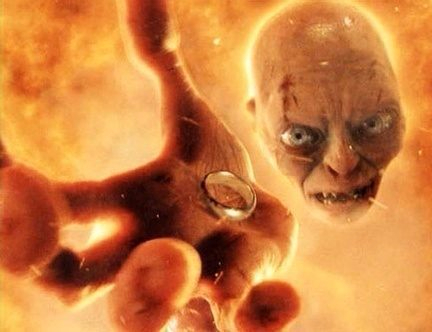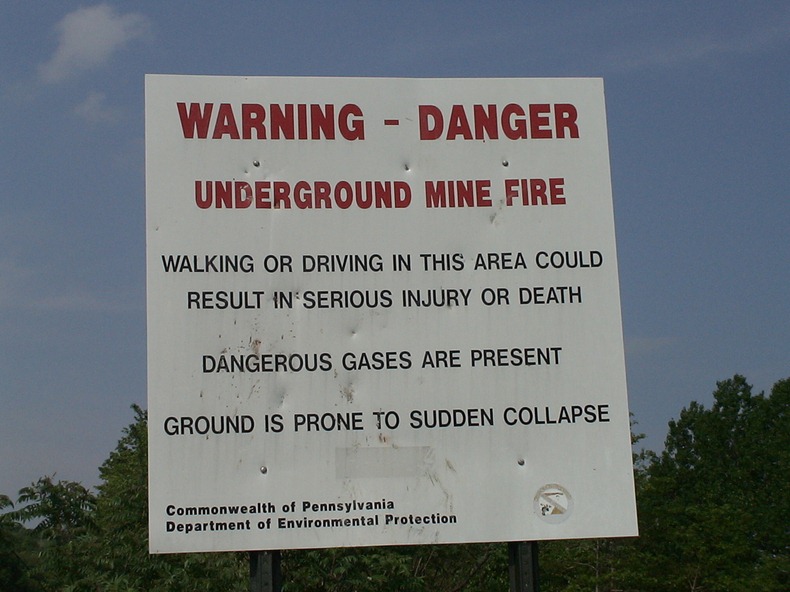
Tattoo inks are made of compounds from heavy metals such as lead, copper and zinc. The metals in ink is what enables tattoos to last so long. The ink is injected into the deeper, second level of the skin called the dermis. However, tattoos are not simply erased in the same way you would rub pencil away from a piece of paper.
When someone gets a tattoo, white blood cells immediately start to try and remove them, however the ink particles are larger than the white blood cells and so they cannot break them down.
Tattoos can only be removed by laser removal. This process involves breaking down the ink particles into small enough chunks that the white blood cells can deal with. This process is called photothermolysis. The ink particles are heated up so they expand and the forces rip the ink particles apart.
The ink particles once broken down into smaller molecules can then be consumed by the white blood cells. The body’s immune system then flushes the ink cells away where they are excreted through the usual means.
The colour of the tattoo can determine how easy it is to remove. Black tattoos are the easiest to get rid of as they absorb all laser wavelengths. Colour can only be treated by certain lasers based on the pigment, this can make the process take much longer.
Previous methods of tattoo removal involved using acid that removed the top layers of skin, scrubbing the skin with salt and cutting it out along with skin grafts. All of which are particularly painful.
Further Reading:
- http://uk.businessinsider.com/how-does-laser-tattoo-removal-work-2015-6
- https://astanzalaser.com/treatments/laser-tattoo-removal/technology/
- https://en.wikipedia.org/wiki/Tattoo_removal




